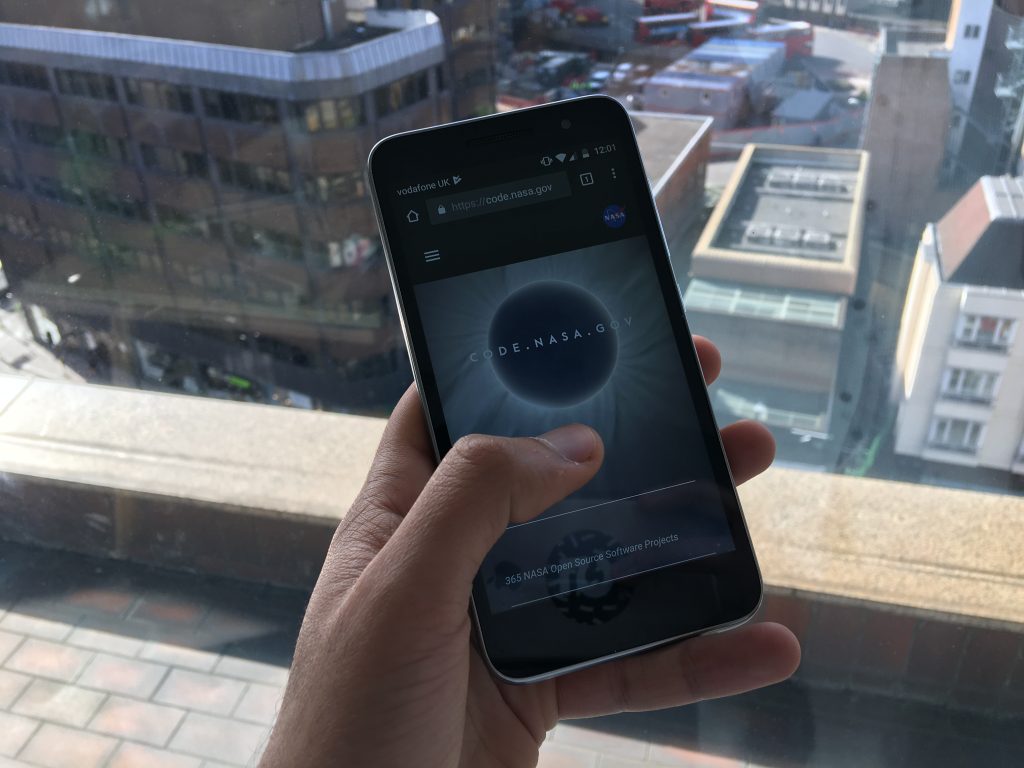
When the public sector is designing services, there’s often a need to consider mobile applications. Until recently this meant creating a service for the web and then in some limited cases, creating separate native mobile apps.
The growth of Progressive Web Apps (PWAs) has meant we no longer need to see these different platform development efforts as silos.
The user experience of PWAs on a handset is almost identical to a native application but unlike native apps, PWAs have a single code base that works on the web like a normal website. A significant benefit of PWAs to the government over native apps is their relatively low development cost as we don’t have to maintain lots of different versions of the same application.
At the moment, Android is leading the way in the PWA market but iOS will be catching up later this summer. Gartner has indicated PWAs are going to completely disrupt the mobile app space and it’s only a matter of time before they become the new standard for web interactions.
So if we look at the bigger picture (not just the trade-offs between PWAs and native apps), the new technology carries a new standard for digital services that would have benefits of becoming mobile. PWAs bring us a shift in what’s possible for government. Now’s the time we can bring a consistent experience to mobile service users.
Why we should embrace PWAs
The growth in PWAs can be explained by the fact that desktop and mobile browsers have embraced service workers that let a website behave like an app. The service worker acts as a proxy for the app’s server when it’s not connected to the internet, caching nearly everything the user needs.
Push notifications, allowed by the service worker, mean all fresh data is delivered to the app as soon as the internet connection is restored. The ability to work offline on mobiles is particularly important for some of the government’s international aid work but also applies to services in the UK where users may not always have the best internet coverage, such as in rural areas.
Besides the low development maintenance (because PWAs work on all devices) and the ability to work offline, the technology brings us further benefits. These are detailed at length online so I won’t cover every point in this post. In summary though PWAs are also quick to install for the user (you don’t have to visit an app store and try and find the right app), and they take advantage of all new features available on user devices and browsers, automatically making them easier and cheaper to maintain for government developers. As government, we are continually looking for ways to make our services more accessible. PWAs give us a new opportunity.
Releasing guidance on PWAs
In this new technology paradigm, we need to try and deliver via the web as we normally do but when there is a clear need for mobile technology then we should think about PWAs and only as a last resort use native apps. We’ve recently updated our guidance in the Service Manual on mobile technology to take account of this approach.
As John Manzoni said recently, it’s important we continue to look for new ways to develop digital services more efficiently, taking steps to innovate where we can with technology and data so we can move faster. We can be at the forefront of providing mobile digital services by providing government with the right guidance on PWAs so service teams are clear about use cases and benefits.
Recently, we’ve been having conversations with the major mobile providers to try and figure out what situations may still call for the use of native apps, and we plan to iterate the Service Manual guidance we’ve just released to make this clear.
Some platforms are appearing to help design and build PWAs and we know of one that is open source.
We’d also like to encourage others in government to get in touch if they feel they still have a clear need for native apps over PWAs. You can reach out by leaving a comment in the section below.
You can sign up now for email updates from this blog or subscribe to the feed.
If this sounds like a good place to work, take a look at Working for GDS - we're usually in search of talented people to come and join the team.

8 comments
Comment by Joe Lanman posted on
Do you have or know of any user research on PWAs? For example people knowing they can install to their home screen, and what their mental model is of that process.
Comment by khidr posted on
Hi Joe - we will have a look to get back to you about the specific research we've done.
Thanks
K
Comment by John Strudwick posted on
You may want to ask on the Slack Channel:
progressive-web-apps.slack.com
Comment by Paul D. Waite posted on
“PWAs... take advantage of all new features available on user devices and browsers, automatically making them easier and cheaper to maintain for government developers”
I’m not super-clear what this sentence means.
Comment by John Strudwick posted on
So I meant that you get access to the camera, the microphone and so forth without having to write a native app. I was expanding on that theme about less overhead for us in government. (Obviously not as clearly as I thought - sorry) We had a recent demo app that allowed dictations to be made and played back.
Comment by aislannder k posted on
What application in PWA does the government offer people?
Comment by Anitha posted on
Nice article about web apps.thanks for sharing
Comment by App to market posted on
Great Article it its really informative and innovative keep us posted with new updates. its was really valuable. thanks a lot.<a href="https://apptomarket.org/">iOS app Developer</a>